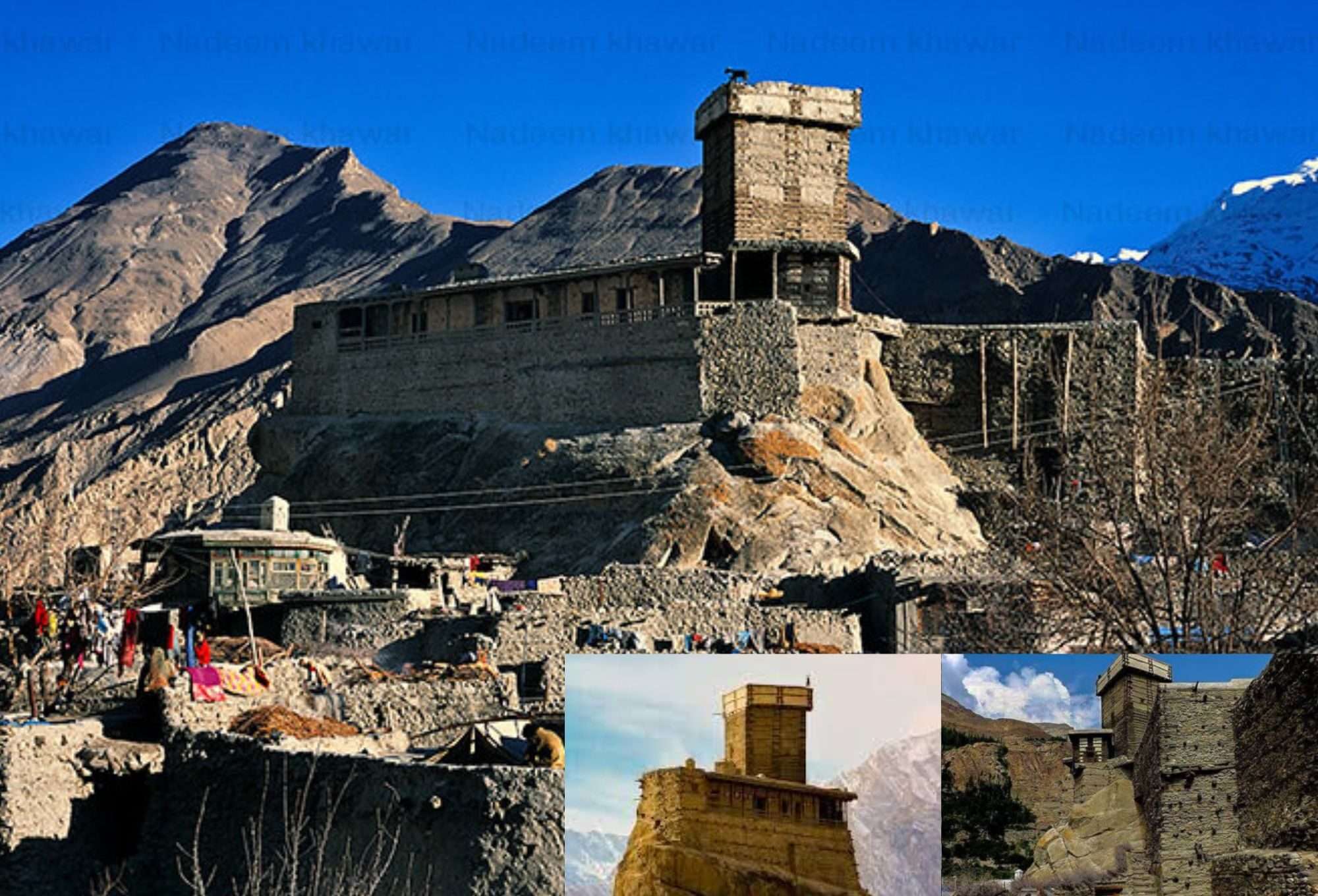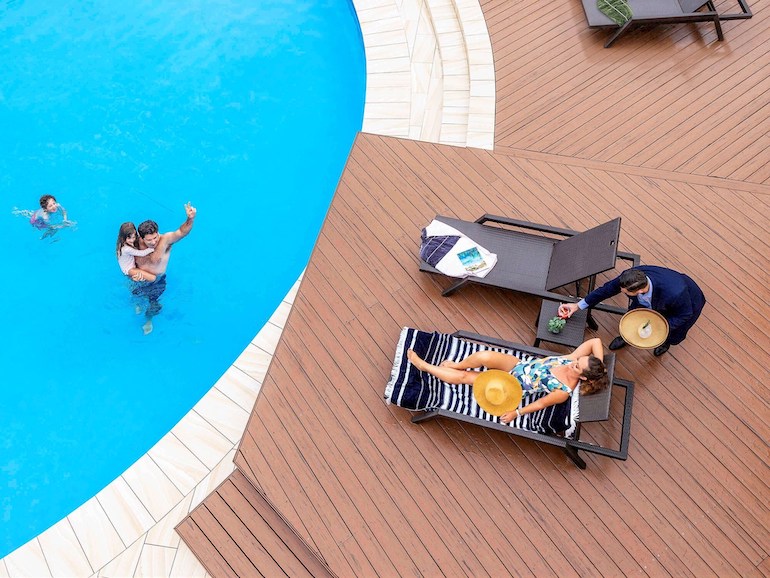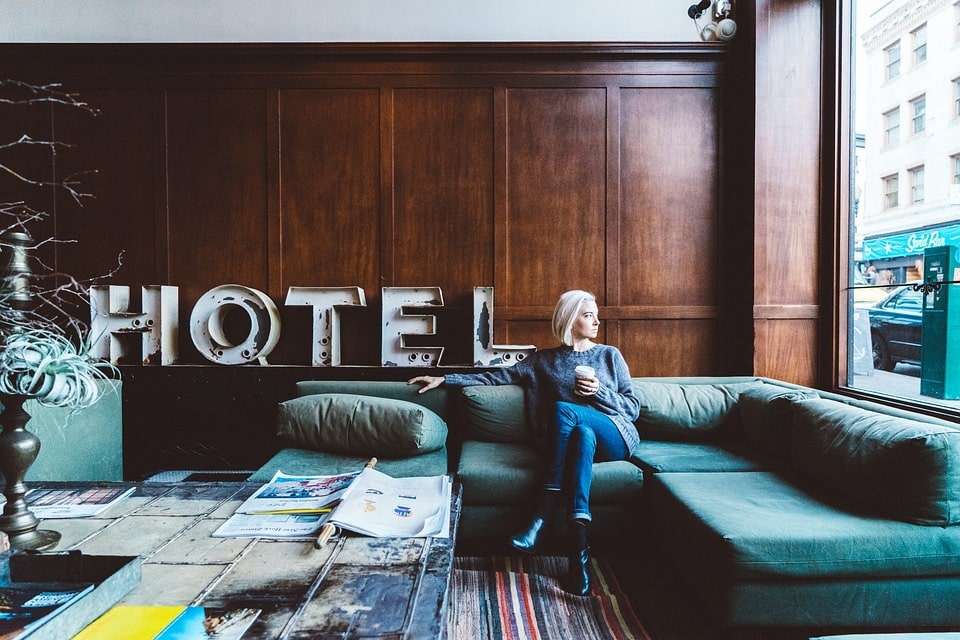Table of Contents
ToggleIndroduction
I’ve always been attracted by the topography and rural way of life in Pakistan’s northern regions. I am travel and life lover
The fort’s square-shaped structure was inspired by the western. Because of how different our cultural values and sense of history are from those of the native peoples in the cities, traditional
I was really happy and excited that i decided to travel to hunza, the valley of four seasons with beautiful places and peoples,
However, the One of the oldest parts of the building, after the watchtower, is a chamber on the second floor with a lantern-roofed roof that was presumably used for formal banquets.
Its four trapezoidal columns, which slope from floor to ceiling and reflect the concept of the axis mundi, or pillar of the world, are what make it unique. Throughout Altit village, you may find these columns in individual homes. They typically contain ornately made woodwork.
Background about Altit Fort
The northern part of Gilgit Baltistan is dominated by icy peaks that rise over the Hunza River. In addition to red-tailed foxes, Hunza is home to snow leopards, markhors, ibexes, and markhors. Since ancient times, the Valley’s natural beauty and location on the Central Asian Silk Route have attracted travelers, traders, and mountaineers. Along with its famous glaciers, the profusion of apricot farms, and blue lakes, the region has a rich cultural history.
Burusho Peoples of Hunza
The Burusho peoples are the locals of the valley, and they identify themselves as the offspring of Greek warriors who served in Alexander the Great’s army.
Legend has it that the people who lived in the ancient city of Altit were members of the agriculturally superior Turkic Hun tribe who came to the Persian Empire in the year 47.
However, in the early 20th century, archaeologist Aurel Stein brought Pakhtun culture to light. He discovered that the people of Altit were from the Kushan tribe, which had built a large city and inhabited it for over 900 years between the 3rd century BC and the early 2nd century AD
The Aga Khan Trust in Hunza
It is hardly surprising that the natives have such stunning looks given their mixed origin. The Aga Khan Trust for Culture’s Historic Cities Support Program and the Government of Norway recently completed the restoration of the Altit Fort, which had fallen into serious disrepair. Small chambers and modest doorways with superb wood carvings are its defining features. The public has been able to visit Altit Fort as a tourist destination since 2007.
Since the 11th century, the enormous Altit Fort has stood tall in front of the Karakoram as a demonstration of dominance to the Mirs of Nagar, the twin state with which Hunza was a twin state.
It is one of the most incredible architectural structures ever created since it has weathered countless violent attacks as well as numerous earthquakes since it was built.
A local said that in addition to being used to remove prisoners serving death sentences, the tower was also constructed to keep an eye out for dangers.
After around 400 years of construction, the fort aroused debate.
Price Shah Abbas
A conflict between Prince Shah Abbas, also known as Shabbos, and Prince Ali Khan, two royal brothers from Hunza, led to the construction of another fort known as the “Baltit Fort” in the late 1540s.
In order to attack his elder Prince Ali, the younger Prince Ali strengthened Altit.
Legend has it that Ali was beheaded by Shabbos within the watch tower and then buried alive up against a pillar.
I was astounded at the amount of labor and architectural brilliance used to build this enormous monument, which was built atop a cliff.
It seems inconceivable that a work like this could have been even remotely feasible in the 11th century given the technology available at the time. The walled fort, believed to be the origin and capital of Hunza city, is the strongest building of its day and a testament to superior engineering.
How to get Altit Fort Hunza
It is located on an “20 to 22 min” from the hunza valley.
We can use Karakorum highway and Sultanabad Road to reach hunza valley.



